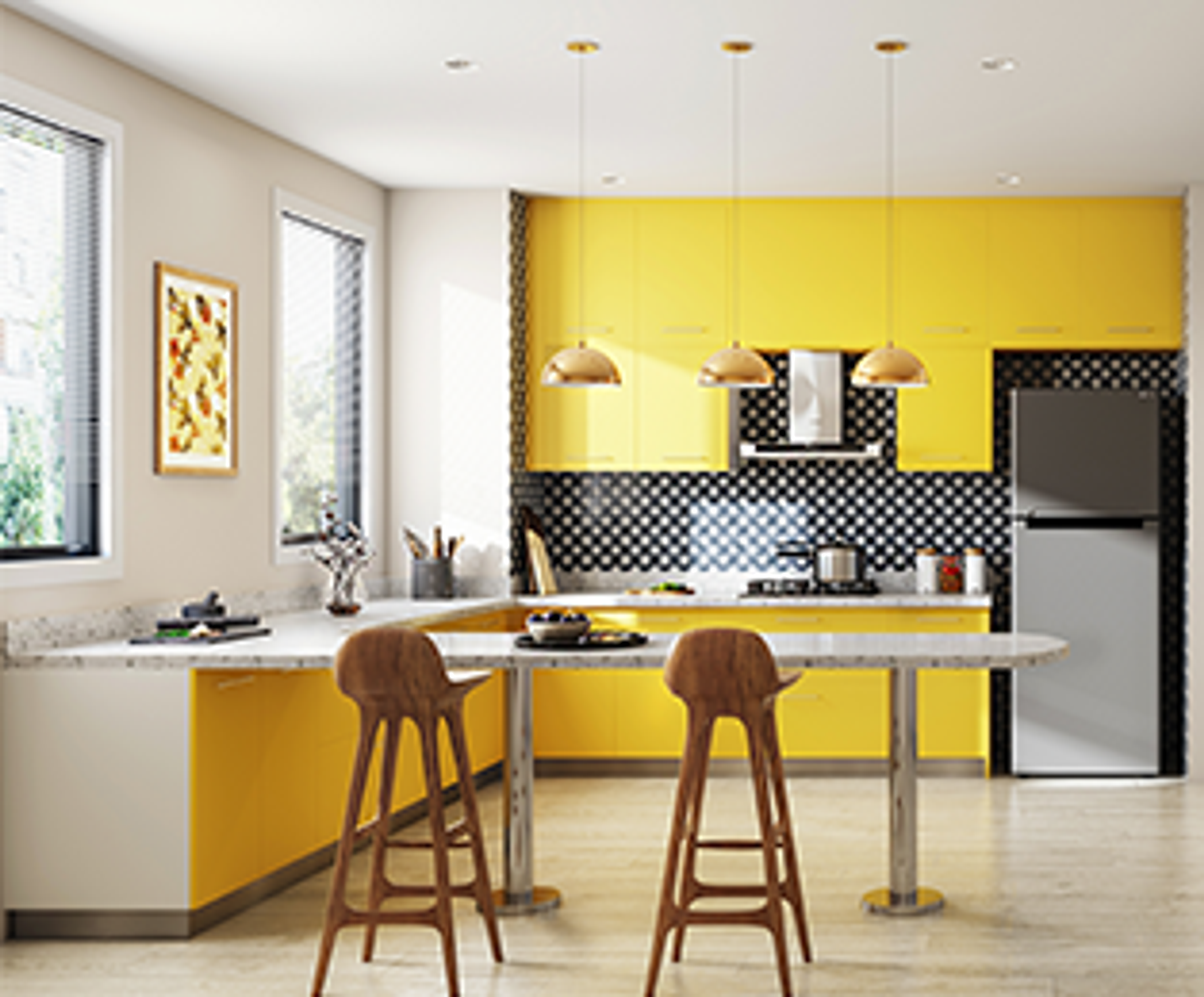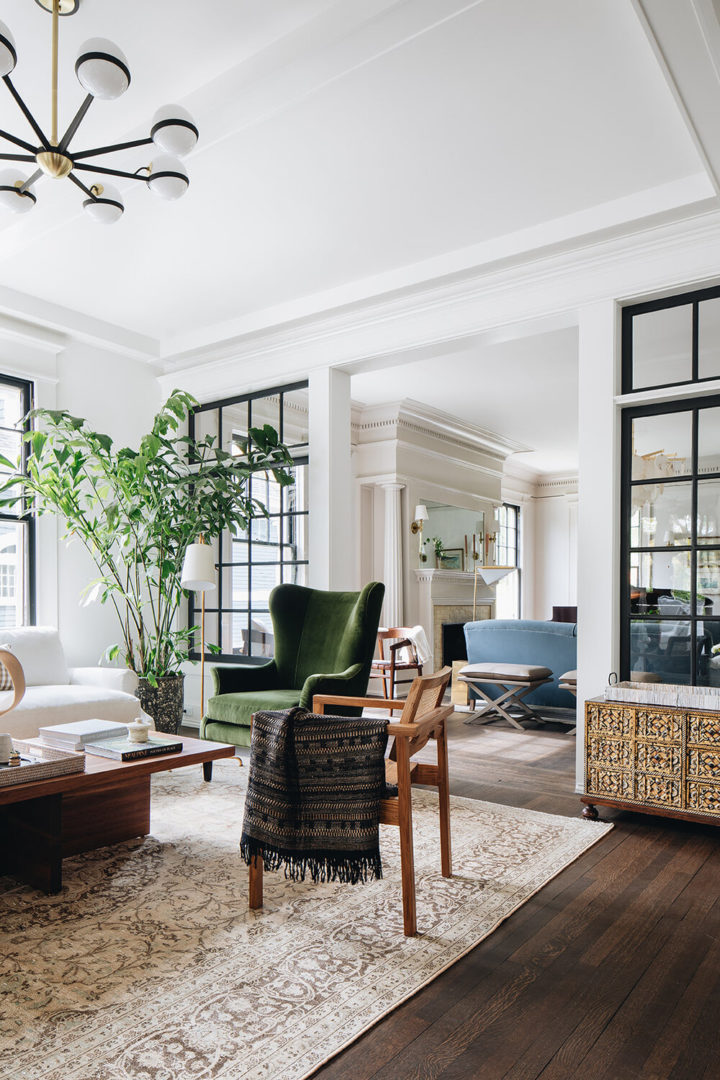Change Your Home With Vital Principles of Inside Design and Appearances
The art of transforming your home via the important principles of interior decoration and aesthetics calls for a thoughtful method that integrates shade, equilibrium, and spatial recognition. By understanding the influence of color theory and the relevance of structure and patterns, one can produce rooms that are not only visually attractive however also deeply individual. Accomplishing this equilibrium includes more than mere decor; it encompasses a calculated plan and a keen understanding of just how each element communicates within a space. As we discover these foundational principles, take into consideration exactly how they could redefine your understanding of home and individual expression.
Understanding Color Theory
Shade theory is a fundamental facet of interior decoration that significantly influences mood, perception, and overall visual. Recognizing the concepts of color concept permits developers to create spaces that reverberate mentally with residents while satisfying functional demands (Architecture Firm). Colors can be categorized into 3 main kinds: primary, secondary, and tertiary. Each classification plays an essential role in establishing consistency within a space.
The mental influence of shades is profound; warm tones such as reds and oranges stimulate energy and warmth, while great tones like blues and eco-friendlies advertise calmness and tranquility. The usage of complementary colors enhances visual interest, producing striking contrasts that can raise a room's appeal.
Neutral colors, on the other hand, function as a flexible backdrop, enabling other style aspects to radiate. It is important to take into consideration factors such as lighting and the space's function when choosing a color palette, as these can alter the understanding of shades throughout the day.
Ultimately, a well-considered color pattern can transform an area, cultivating a feeling of comfort and style that aligns with the residents' preferences. Proficiency of color theory is, consequently, an essential ability for any kind of interior designer aiming to create unified and welcoming atmospheres.
Attaining Balance in Design
How can developers accomplish a sense of balance in their areas? Achieving equilibrium in layout is essential to creating unified insides. Developers can use three key kinds of balance: balanced, asymmetrical, and radial. In proportion equilibrium entails setting up elements equally around a main point, cultivating a sense of order and tranquility. This kind typically includes sets of furniture or art work, enhancing aesthetic stability.
Asymmetrical equilibrium, on the other hand, relies upon varying aspects that still achieve a cohesive appearance. This method permits more dynamic and casual arrangements, giving interest while keeping equilibrium. By meticulously selecting differing sizes, colors, and appearances, designers can produce an aesthetically compelling room that feels balanced yet energised.
Radial equilibrium emphasizes a main prime focus with aspects emitting outside. This style is frequently seen in circular layouts, where furniture and style create a cohesive border that draws the eye inward.
Eventually, attaining balance requires thoughtful factor to consider of range, proportion, and the relationships between aspects. miami interior design. By skillfully applying these balance principles, designers can change areas right into settings that feel both cosmetically pleasing and functionally unified, boosting the general experience for occupants
Significance of Spatial Understanding

An eager sense of spatial awareness enables designers to identify focal factors within a room, guiding the customer's focus to crucial features while keeping an overall feeling of unity. It likewise helps in the critical positioning of lights, which can significantly affect the perception of space and mood. Additionally, comprehending spatial relationships enables the designer to deal with the details demands of citizens, ensuring that each location offers its intended purpose without compromising visual appeals.
Eventually, spatial recognition is essential for optimizing the capacity of any type of interior space. By carefully considering the interplay between dimensions, format, and function, developers can produce environments that not just meet sensible demands but also evoke a feeling of convenience and elegance, enhancing the total living experience.
Integrating Texture and Patterns
Accepting a diverse variety of textures and patterns can find out here now dramatically improve the aesthetic and tactile allure of an interior room. The tactical usage of various products-- such as wood, metal, textile, and stone-- creates deepness and interest, making a space really feel much more welcoming and dynamic. For circumstances, integrating smooth surface areas with rough structures can develop a balance that draws the eye and involves the senses.
When including patterns, take into consideration both scale and repeating. Huge patterns can serve as prime focus, while smaller, refined layouts can complement other aspects without frustrating the space. Layering patterns, such as pairing floral cushions with striped throws, includes intricacy and a feeling of consistency if performed thoughtfully.
It is likewise crucial to keep a cohesive shade palette, ensuring that textures and patterns interact instead of contend for attention. By selecting visit the website a couple of vital appearances and patterns, you can develop a linked visual that mirrors your individual style while enhancing the total setting of the space. Ultimately, the careful unification of these aspects can transform a mundane room into an advanced atmosphere rich with personality and warmth.
Personalizing Your Room
Developing an area that shows your individuality is crucial to achieving an absolutely welcoming environment. Customization in interior design permits you to infuse your unique design and rate of interests right into your home, transforming it from a mere sanctuary into a refuge that talks with that you are. Begin by choosing a shade combination that reverberates with your feelings-- strong hues can stimulate, while soft tones provide peace.
Incorporate art work and design that mirror your enthusiasms, whether it be traveling, nature, or abstract concepts. Presenting personal collections, such as publications, photographs, or keepsakes, can evoke treasured memories and create prime focus within an area. Furthermore, take into consideration customizing useful pieces, like upholstered furniture, to straighten with your visual choices.

Verdict
Finally, the improvement of a home via the vital principles of indoor layout and aesthetic appeal demands a comprehensive understanding of color theory, balance, spatial awareness, structure, and customization. Each component adds significantly to creating a harmonious and practical living setting - miami interior design. By attentively incorporating these concepts, people can boost the aesthetic allure and psychological resonance of their areas, inevitably cultivating a home that mirrors unique identities while providing comfort and practicality